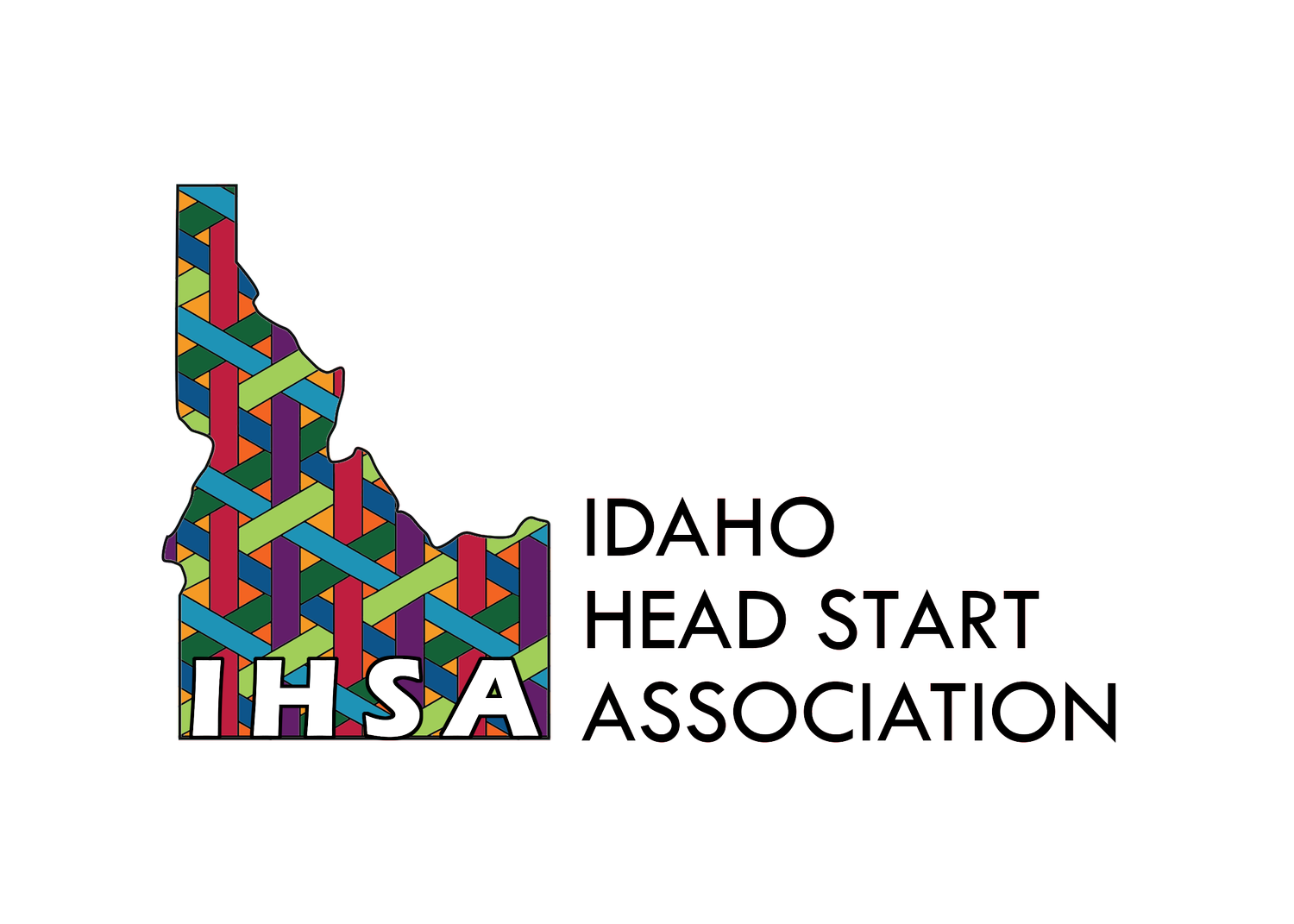By Christina Samuels
The Office of Head Start announced Tuesday that it will distribute $290 million to 665 Head Start and Early Head Start programs around the country that they can use to expand their full school day and year offerings.
Congress appropriated the supplemental funding in a fiscal 2016 budget bill for the federal preschool program for children from low-income families, and the money is now part of Head Start's base funding, subject to congressional approval.
The $290 million adds up to about a third of the $1 billion increase Head Start has estimated that it needs to provide full-day, full-year programs for all the children currently enrolled, which Head Start defines as 1,020 hours per year. For center-based Early Head Start programs serving children from infancy through age 3, the minimum hours are 1,380 per year. Before adopting the standards in September, Head Start programs were required to operate for a minimum of 3 1/2 hours per day and 128 days per year, or 448 hours per year. Thestandards would create a nearly six-hour day over standard 180-day school year for preschool students.
A major revision of Head Start standards announced in 2016 will require nearly all programs to offer a full-day and full-year program by 2021. The standards, however, allow the U.S. Secretary of Health and Human Services discretion to place that portion of the standards on hold, pending congressional funding. Rep. Tom Price, a Republican from Georgia, is Donald Trump's pick to lead the department. (In 2007, Price advocated on behalf of a pilot program that would have placed Head Start under state control in up to eight states.)
The additional money was targeted at grantees that have fewer than 40 percent of their slots currently operating on a full-day and full-year schedule, said Colleen Rathgeb, the director of policy for the office of early childhood development at the administration for children and families.Programs have several options to increase their programming, including adding days to the end of the school year to shorten a summer gap, adding hours of operation to the school day, or both. The money can be used to pay for additional staff or to help provide facility upgrades for programs that are currently running double sessions. Most parents will see a change in the upcoming school year, but some programs may be able to use the funding to make changes more quickly.
A recent analysis of Head Start programs by the National Institute for Early Education Research found wide disparities in the program year for many Head Start grantees. For example, almost all Head Start children in the District of Columbia and in Georgia were served in full-day programs that last an entire school year. In Idaho and Wyoming, only 1 percent of children were in full-day, full-year programs.
Part of the variation in Head Start programs was built into the system; since its creation in 1964, Head Start has been overseen by about 1,700 individual grantees, and those grantees create programs that best serve their local communities. However, recent research has shown that children are better prepared for school in programs that last for a full school day and year, Rathgeb said. Working in critical learning skills, play, lunch, nap, and all the other important elements of a preschool program is difficult to do in just 3 1/2 hours, she said.
Head Start is also continuing to support professional development work that will allow teachers to best take advantage of the extra time, said Ann Linehan, the acting director of Head Start. "It's one thing to have children in for longer hours, but the quality of the teaching and ongoing professional development is absolutely critical," she said.
